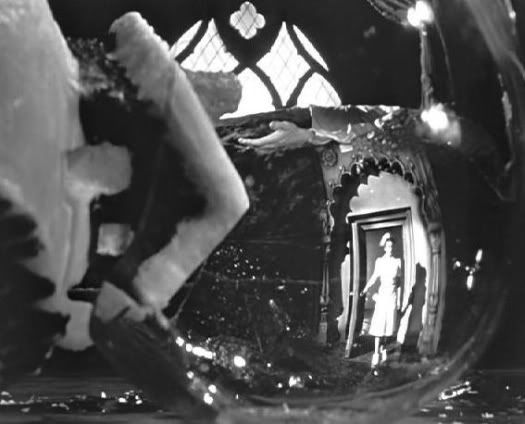
Welles chose a cast that was an asset to the film. Moreover, they were important to the success of the “deep focus” technique. This is because the actors were classically trained theatrical actors. What’s astonishing about this is the fact that this is the first time they would appear in a film. Their stage training helped them to place themselves firmly in each scene, an essential attribute when using “deep focus”. The cinematography and acting technique combined so perfectly that the total control Welles was given over casting was justified. The fact that Citizen Kane is so versatile makes it an important film to the cinema world.

Another important technique employed in this film is the storytelling. Again, this is common in film now a day, but was brand new to an audience back in 1941. Citizen Kane portrays a long period of time realism and acts like a biography the way the film allows its characters to grow old while keeping the context of the story line. Instead of being told in chronological order, Kane’s story unfolds in overlapping segments that add more information as each narrator adds his or her story. Telling Kane’s life story entirely in flashbacks was another innovative approach to storytelling. Flashbacks had been used in earlier films, but Citizen Kane used them most effectively. The flashbacks are given from the perspectives of characters who are aging or forgetful, and leaves us hanging on the edge of our seats to uncover the answer to the unanswered questions. It gives us multiple first person accounts, which are not seen in other films of the same time period. The storytelling techniques succeed in painting Charles Foster Kane as an enigma, a tortured, complicated man who, in the end, leaves viewers with more questions than answers and inevitably invokes sympathy rather than contempt. Especially when he left the surrounding characters with no answer to his famous last word, “Rosebud”.

WORKS CITED
"Citizen Kane" filmsite.org. Web. 10 May. 2010
"Citizen Kane" imdb.com. Web. 10 May. 2010
"Citizen Kane" movieimages.com. Web 10 May. 2010
No comments:
Post a Comment